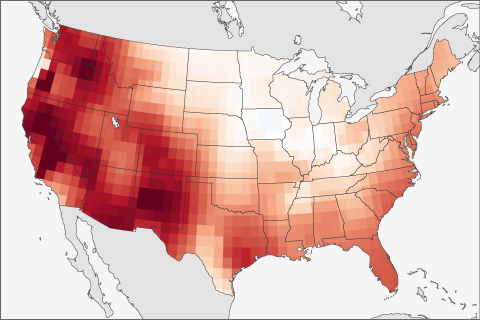
The forecast of ENSO is not the only thing scientists use when making seasonal forecasts. This post looks at another predictor that often is even better to use than ENSO.

The forecast of ENSO is not the only thing scientists use when making seasonal forecasts. This post looks at another predictor that often is even better to use than ENSO.
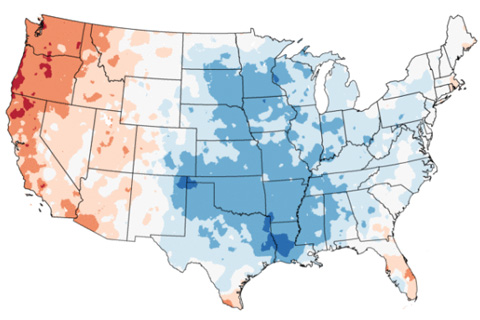
It’s been a tough few weeks weather and climate wise. Big events generate lots of questions, so this edition of Beyond the Data will address several I’ve heard recently, and several I asked myself.

Why the tropical Pacific is exceptionally ENSO-Neutral and what does it mean.

Our newest ENSO blogger provides the latest scoop on what is going on with ENSO.

Our ENSO blogger sits down with Ken Takahashi, an ENSO forecaster from Peru, to gab about the recent coastal El Niño and what might be coming up next.
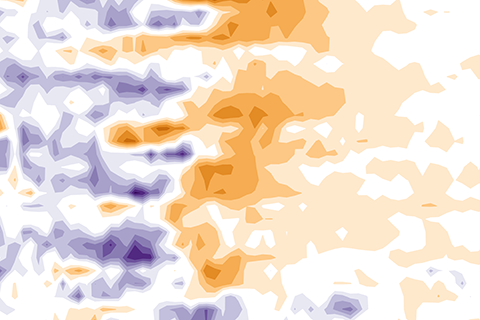
The chance El Niño will develop is about equal to the chance that the tropical Pacific will stay in neutral. What are forecasters looking at this month?
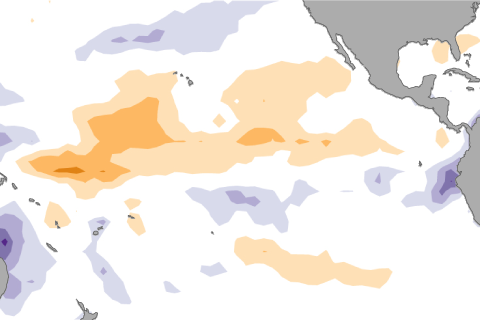
Neutral conditions are expected to continue in the Pacific with chances increasing for El Nino by the fall. Our blogger fills you in on the latest developments across the Pacific.
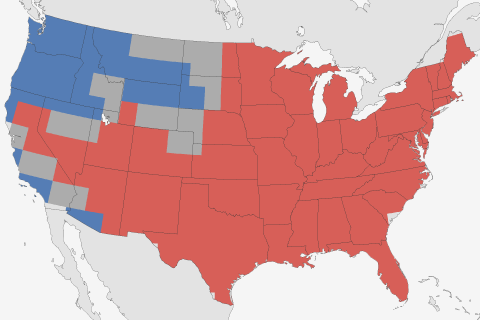
Now that the 2016-2017 winter is over with, it's time to look back and see what happened. Did our winter outlook do well?
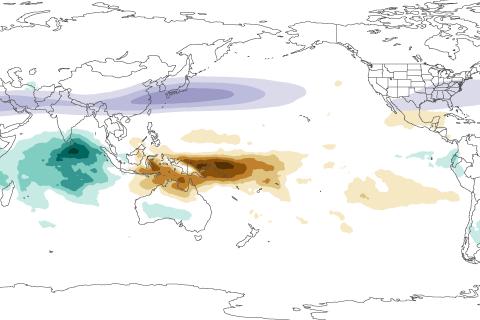
In this installment of our Beyond the Data blog, Carl Schreck talks about how a tropical climate pattern called the MJO left its fingerprints all over California's soaking rains and Boston's recent snowstorm.
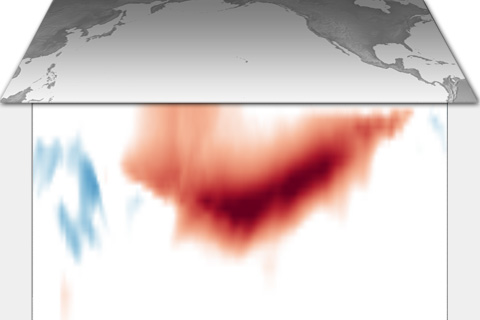
How much can forecasters say about ENSO during the spring? A lot depends on which phase—El Niño versus La Niña— the Pacific seems to be headed toward.